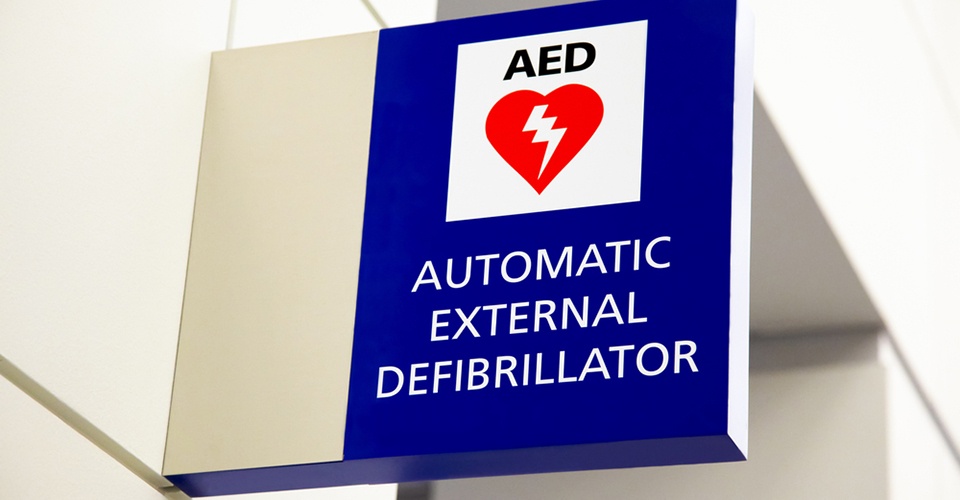A newly published study on cardiac arrest in large metropolitan areas in the U.S. and Canada shows how a bystander’s immediate use of an automated external defibrillator (AED) has a significant impact on survival rates.
According to a study in the journal Circulation, the chances for survival from cardiac arrest double when a bystander steps in to respond with an AED prior to the arrival of EMS. Even under the best of circumstances, it can take EMS between four and ten minutes to arrive on the scene after a 911 call. Those first few moments are critical to a positive outcome, and the growing availability of easy-to-use public-access AEDs means bystanders can truly make a lifesaving difference.
More than 100,000 cardiac arrests a year occur outside the home. Of the 49,555 out-of-hospital cardiac arrests analyzed in the study, researchers focused on “…those that occurred in public, were witnessed and were shockable. The researchers found that nearly 66 percent of these victims survived to hospital discharge after a shock delivered by a bystander. Their findings emphasized that bystanders make a critical difference in assisting cardiac arrest victims before emergency responders can get to the scene.”
Other findings include:
- Bystanders used an AED in 18.8% of these cases.
- Cardiac arrest victims who received a shock from a publicly-available AED had far greater chances of survival and being discharged from the hospital than those who did not; 66.5% versus 43%.
- Cardiac arrest victims who received a shock from a publicly-available AED that was administered by a bystander had 2.62 times higher odds of survival to hospital discharge and 2.73 times more favorable outcomes for functioning compared to victims who first received an AED shock after emergency responders arrived.
- Victims who received an AED shock from a bystander (57.1%) using a publicly-available device instead of having to wait for emergency responders (32.7%) had near normal function and better outcomes.
- Without a bystander using AED shock therapy, 70% of cardiac arrest patients either died or survived with impaired brain function.
For a quick reference sheet on AEDs, click here for our infographic using statistics from the Sudden Cardiac Arrest Association and other sources.
To learn more about AEDs or providing a public-access AED at your facility, see our blog posts:
- Common Misconceptions about AEDs
- Troubleshooting Your AED
- Study Shows Success of AEDs in Fitness Centers
Ready to learn the lifesaving skills of CPR, AED and first aid? Find an ASHI or MEDIC First Aid class near you by clicking the button below and navigating to "Locate a Training Center" in the top menu bar.








.png?width=600&name=HSI-CTA-EmergencyCareTraining%20(1).png)











Comments